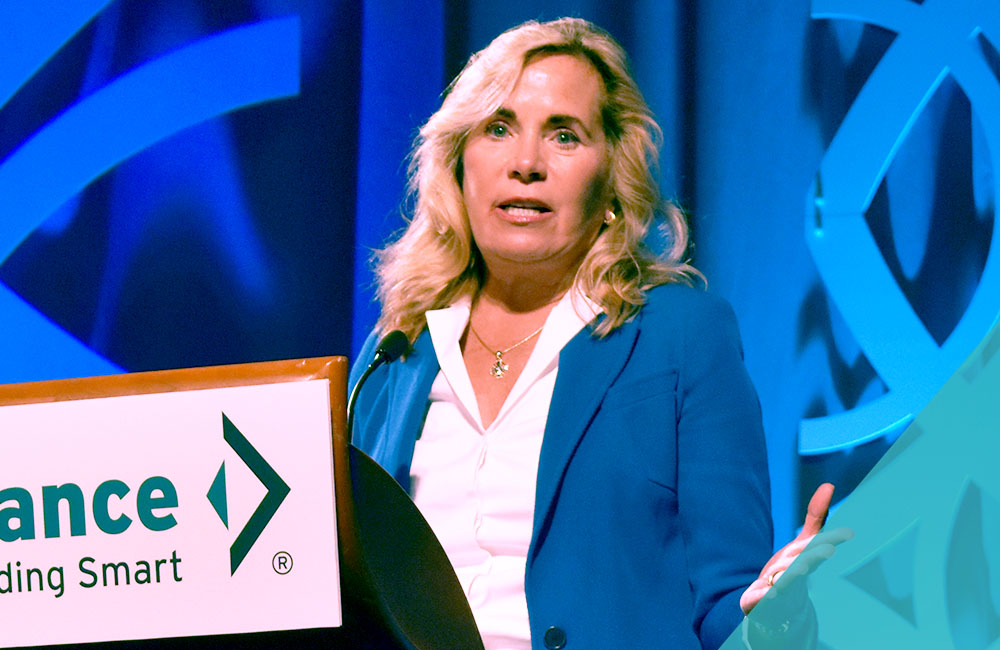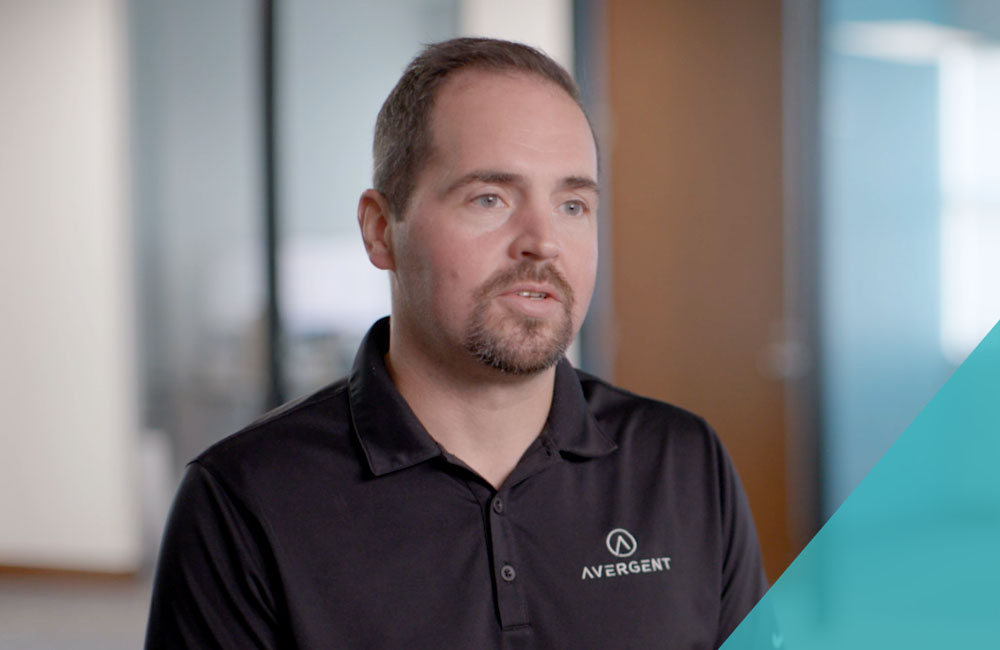
Employer-Driven Innovation Can Transform Health Care
What do you get when you combine volatility, instability and great risks?
You get a health care marketplace that’s ripe for innovation by employers, according to Dr. Reed Tuckson, the keynote presenter at “Advance the Transformation,” The Alliance Annual Seminar on May 6 at the Monona Terrace.
Dr. Tuckson described the employer role to transform health care as “absolutely key.”
Quality Concerns Persist
Reed Tuckson, M.D., is the managing director of Tuckson Health Connections, a health and medical care consulting business that brings people and ideas together to promote optimal health outcomes. Previously, he had a long tenure as executive vice president and chief of medical affairs for UnitedHealth Group. Earlier positions include serving as senior vice president for professional standards of the American Medical Association, president of the Charles R. Drew University of Medicine and Science in Los Angeles, senior vice president for programs of the March of Dimes Birth Defects Foundation and the commissioner of public health for the District of Columbia. Dr. Tuckson is the author of “The Doctor in the Mirror,” a guide to living with vitality.
Yet quality concerns persist today. Thirty percent of health care is duplicative or unnecessary. Health expenditures include $750 billion in waste. And medical device recalls nearly doubled in the last decade, Dr. Tuckson said.
“As if that’s not enough, health care is about to get really complicated,” Dr. Tuckson said. Health care is entering the “genomic era,” where personalized analysis of genes can be linked to personalized treatment. By 2021, that means Americans are expected to spend $15 billion to $25 billion annually on genetic-based testing.
While more information is available about our health, the human ability to process it is limited. It’s up to employers to keep efforts to transform health care focused on the right goals.
“We need your community to keep the pressure on,” Dr. Tuckson told employers, who made up the largest group among the annual seminar audience of nearly 350 people. “People still don’t get value and so you can’t take your foot off the gas.”
Addressing Cost Drivers
Health care costs are rising on a curve that could eventually lead to annual Medicare/Medicaid spending of $4.3 trillion, which the U.S. simply cannot afford. “Physician-driven and hospital-delivered care” is responsible for a major portion of that spending. Dr. Tuckson shared a chart showing the relationship between rising Medicaid costs and states’ decreased funding for K-12 education.
“We have taken away our children’s future because of our expenditures on the public side for health care,” Dr. Tuckson said.
Employers are also experiencing escalating health benefit costs, which have led to employees paying higher premiums even as they receive smaller wage increases. Employers are using “every tool in the toolbox” with increasing intensity to manage health care costs.
While employers are unafraid to act to lower costs, they face resistance in the marketplace. For example, more hospitals are purchasing physician practices, especially in high-cost specialties such as oncology, which is leading to higher costs as treatments are shifted from lower-cost outpatient settings to higher-cost inpatient settings. The consolidation of hospitals and health systems is creating monopolies in some markets, which makes it difficult for payers to negotiate better prices.
You have got to be on your game and understand the forces that are at play.
Meanwhile, the emergence of new specialty drugs creates ethical issues. For example, the new drug Sovaldi can be used to cure people who have Hepatitis C, but the cost is $85,000 per patient cured. Examples like these explain why specialty drugs account for less than 1 percent of all prescriptions but more than one-fourth of spending.
“This is a tough battle,” Dr. Tuckson said. “It is adult behavior in a complex market. You have got to be on your game and understand the forces that are at play.”
Put Prevention on the Agenda
Employers also need to help communities address the underlying cost drivers, including lifestyle issues. Obesity and inactivity mean more Americans have chronic conditions such as cardiovascular disease. We’re finding ways to treat them now, but this cycle of lifestyle-based conditions and expensive treatments cannot continue indefinitely.
“We are making a lot more sick people. We will throw resources at them and they will live longer. We will kick death’s butt but we will never be able to afford to do it again,” Dr. Tuckson said.
We will kick death’s butt but we will never be able to afford to do it again.
Dr. Tuckson urged employers to join with other community leaders to put prevention on the agenda. But there’s much more that has to happen.
“We have to have disruption and transformation in our system,” Dr. Tuckson said, urging the audience to read “The Innovator’s Dilemma” by Clayton M. Christensen. Disruptive ideas in health care include training “less skilled people” to deliver care and “real-time data and analytics to identify at-risk groups and individuals within your population.”
Using Technology to Transform Health Care
Dr. Tuckson highlighted the role of new technology in understanding disease processes, monitoring medication adherence and delivering “telehealth” by using mobile smartphones and personal digital devices to connect patients to caregivers.
Employers who adopt new approaches must show they are trustworthy by guarding employees’ privacy and security. Finally, employers must figure out how to engage people with information about health and health care.
“People are different and they respond to different triggers,” Dr. Tuckson said. Identifying those triggers and using technology to develop solutions can empower people to improve their health.
“You’re living in a world where data is connected to personal engagement; reach people where they are,” Dr. Tuckson said. This will help the average patient look in the mirror and see the person who can really help transform their health.
Value-Based Benefits
Fee for service has got to die as the only way of paying doctors and hospitals.
Value-based health benefits play a key role for employers because they give patients “skin in the game.” It’s up to the employer to help employees and family members understand health care quality and cost.
Dr. Tuckson called The Alliance’s QualityPath™ program “a radical notion” that will help employers “act in enlightened self-interest” to change health care. QualityPath will link patients to high-quality, fairly priced providers for high-stakes procedures.
Value-based programs such as QualityPath will be the driver of change. In contrast, Dr. Tuckson said, “Fee for service has got to die as the only way of paying doctors and hospitals.”
Employers can help advance the transformation by asking for better criteria for spending, greater analysis of data and an alignment of clinical medicine and public health. That will help employers take advantage of the opportunities that exist in an unstable health care marketplace.
“Your friends and neighbors are depending on you,” Dr. Tuckson told employers. “Do not take your foot off the gas.”
[box]
Learn More About How To Transform Health Care
- Read on Our Drive to High-Value Health Care
- How to Design a Health Benefits Plan that Saves your Business Money
- How to Control Costs and Improve Health Care Outcomes Using Payment Reform Strategies
- What RAND Corporation’s Hospital Price Transparency Project (RAND 3.0) Means for Employers
[/box]







